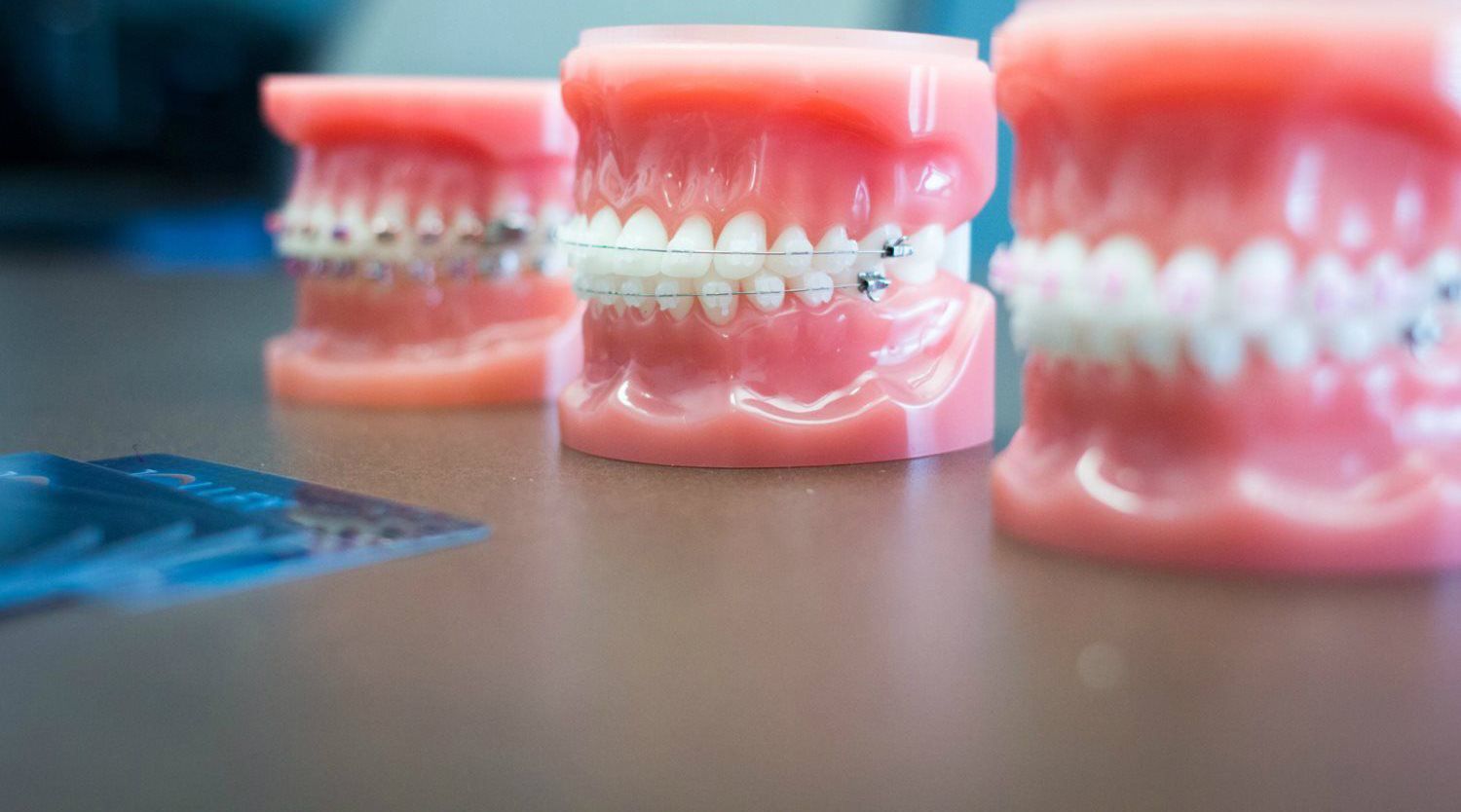
It’s common to hear words that you’re unfamiliar with when you visit your orthodontist or doctor. We try to phrase things in ways that our patients can understand. And we ALWAYS encourage you to ask questions or let us know if you need some more information. Let’s talk about a common word that
patients ask us about – Malocclusion.
What is a Malocclusion
The word “
occlusion” has several different definitions, but when it comes to dentistry and orthodontics, it refers to the alignment or position of your teeth. A MAL-occlusion is the word used to describe the misalignment of your teeth. Some people are born with naturally straight teeth that fit perfectly inside their mouths. But the majority of people need a little bit of help when it comes to the placement of their teeth and a bright, beautiful smile. It may sound like an intimidating word, but the diagnosis of malocclusion is nothing to be worried about.
Types of Malocclusion
Malocclusions can take on many different forms – crowding, spacing issues, rotated, twisted… generally anything that would be considered “crooked teeth” is medically called a malocclusion. Here are some common terms when it comes to the misalignment of teeth:
- Crowded teeth
- Crossbite
- Overbite
- Underbite
- Open bite
What Causes Malocclusion?
Unfortunately, malocclusion is usually just something that someone is born with. Genetics generally plays the biggest role in the alignment of a person’s teeth. But other instances may cause teeth to shift into undesirable positions. Common causes include:
- Using a pacifier or bottle for too long
- Thumb sucking
- Cleft lip
- Cleft palate
- Premature tooth loss caused by injury/trauma/decay
- Mouth tumors
- Impacted teeth
- Bad oral hygiene habits
Malocclusion Symptoms
Malocclusion is generally easy to spot. Visible crowding of the teeth or crooked teeth is a pretty sure bet that you have malocclusion. Generally, it isn’t something to be concerned about other than appearance. But it’s important to see an orthodontist or tell your orthodontist if you experience any of the following.
- Difficulty chewing food
- Facial appearance changes
- Pain caused by chewing or biting down
- Sudden changes to speech
- The need to breathe through your mouth instead of your nose
How is Malocclusion Treated?
Good news! We treat malocclusion all day, every day. Depending on your unique diagnosis, there are many different treatment options. Generally, braces or other simple orthodontic appliances are the best way to perfect your smile.
Dr. Jolley will perform a simple consultation to diagnose malocclusion and give you a personalized treatment plan for your specific needs.
Call us today to set up a
new patient appointment.
Posted on 12/09/2021 at 10:37 AM

